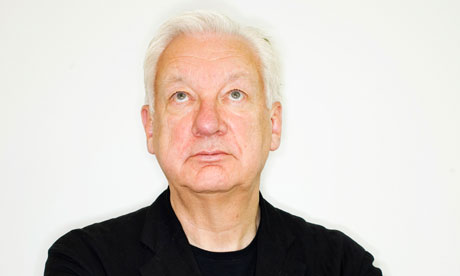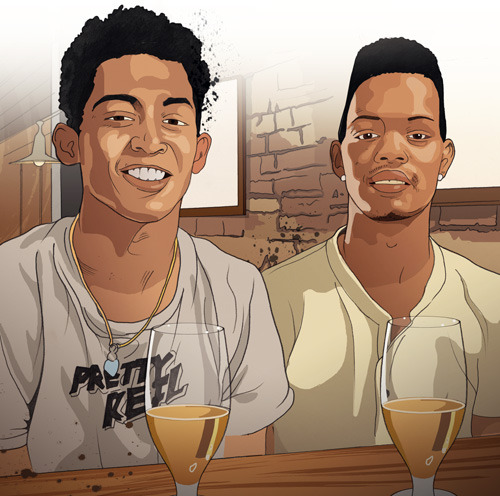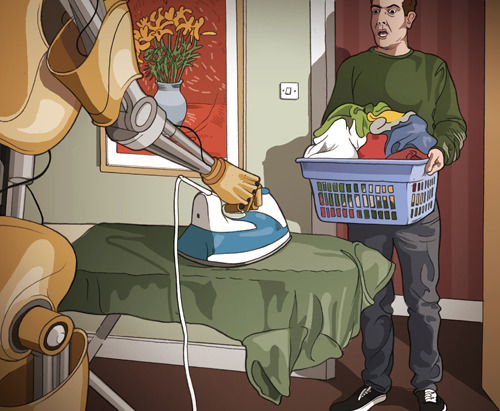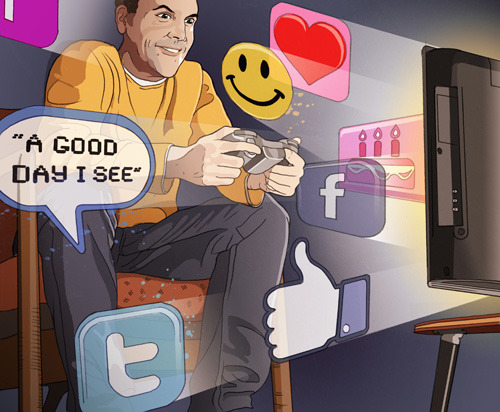For my fourth plinth project, my assignment is to create an artistic
Statue that can be placed onto the fourth plinth in Trafalgar square.For a few weeks I’ve been coming up with ideas on what to create for my project outcome. Making sketch ideas of different objects that I could create a statue of for the plinth. My main course of interest for the fourth plinth statue involves something to do with public issues, for example how the public is always on their phones and most of their life happens on their phone. Also the hunger for money that floods through everyone.
The idea am going for is the issue about the public fighting for money. Therefore, the hand gripping money tightly. The reason being why I choose this for my statue is because the public is held on strings by money. Although it’s the one thing that keeps the world on its knees, it’s also the thing that the public bow down to as it gives them so much power. The two artists that inspired me to create this type of statue are Hans Haacke and David Shrigley. Hans’s statue portrays a skeleton of a horse with a ribbon on its front leg, displaying a live feed ticker of the London’s stock exchange. Hans statue was a very powerful statue, it made a complete ling between money; power and history. Shrigley statue was my second inspiration because his statues figure gave me the inspiration to create the gripping hand. Which also gave the statue a strong statement of what I’m trying to portray thru the sculpture.
I used different
materials to create the sculpture. Experimenting and developing the statue in
different styles. I used different materials such as cardboard and mud rock. I
attempted to create my object in a 3d forum while using cardboard. It was quite
difficult, but during the processes I watched what my classmates done to make
their object in 3d forum, after observing I finally was able to create my
statue to be able to see the whole object from all angles. Creating my sculpture with mud rock was a lot
easier, I used Vaseline and applied it onto my own hand to create a realistic
shape of the figure. I wrapped mud rock around my hand to get the shape and
figure of the hand perfectly. Which also saved time planning and trying to make
the figure realistic and 3 dimensional.
These are a few images
I took of my designs of my sculpture using different materials. I also took a
few images of what I was inspired by when I was drawing my designs of my figure
from different angles. Looking at the sculpture from a perspective view point
(as if I was looking at an actually sculpture from a worms eye view).

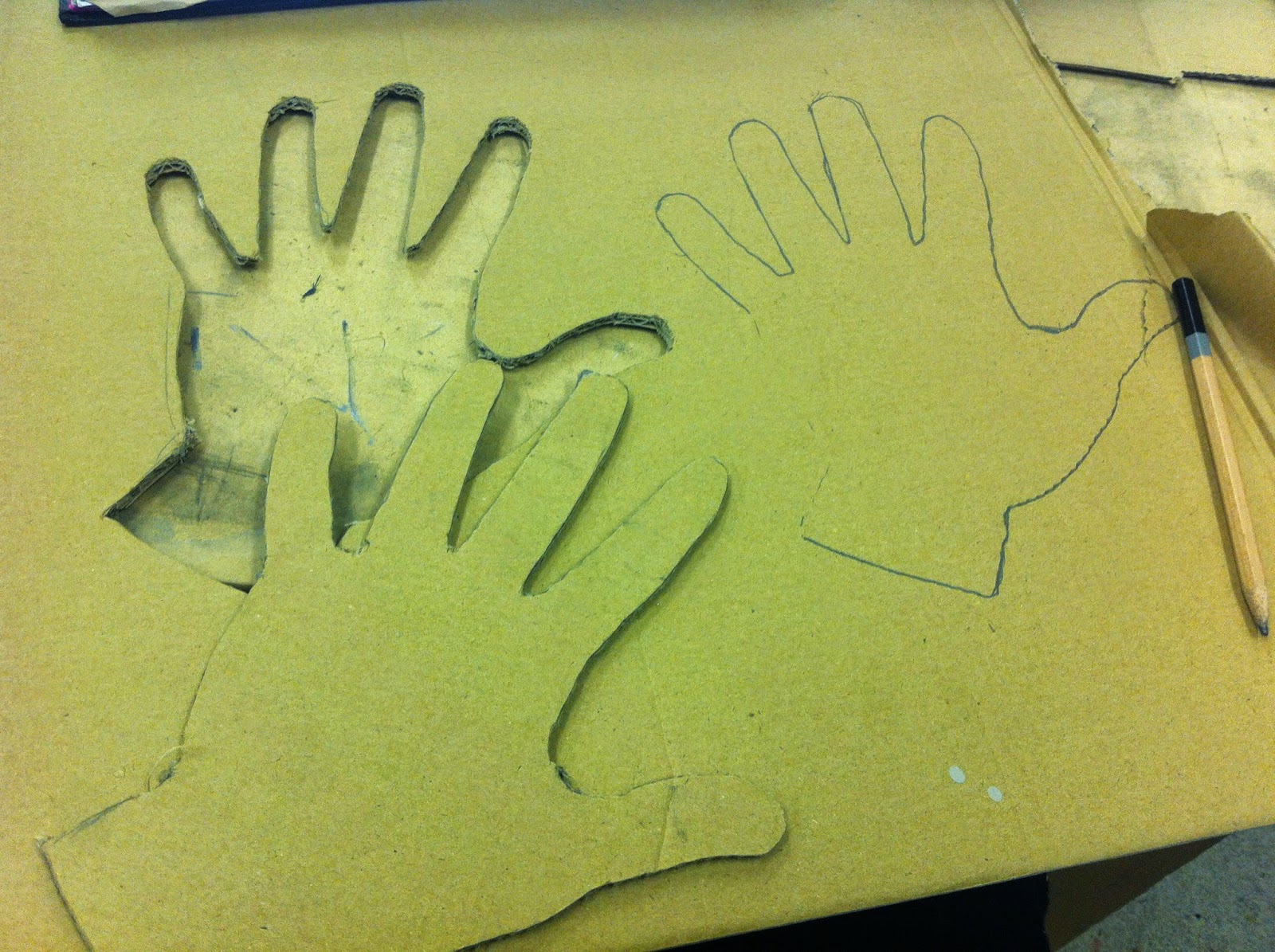











 This is one of my favourite Mvan Ray photographs. The photography doesn’t contain much detail of what is included in object, nor the outline of the object and the negative and positive space. That’s why I prefer this photography, as it’s something different and new. Most photography’s always contain the details and show every colour on the subject, but Man ray develops his picture in a different, way which interests the viewer. The effect of the negativity in the photo, shows the object going from light to dark. This is because where certain areas of the object in the picture are placed, for example if some parts have been placed under another then the area is dark, but if there above, the object is lighter. He used a machine called an enlarger,
This is one of my favourite Mvan Ray photographs. The photography doesn’t contain much detail of what is included in object, nor the outline of the object and the negative and positive space. That’s why I prefer this photography, as it’s something different and new. Most photography’s always contain the details and show every colour on the subject, but Man ray develops his picture in a different, way which interests the viewer. The effect of the negativity in the photo, shows the object going from light to dark. This is because where certain areas of the object in the picture are placed, for example if some parts have been placed under another then the area is dark, but if there above, the object is lighter. He used a machine called an enlarger,

